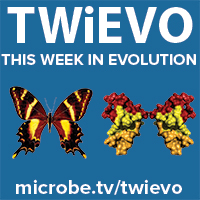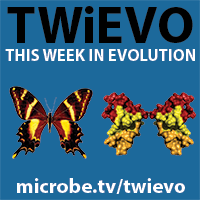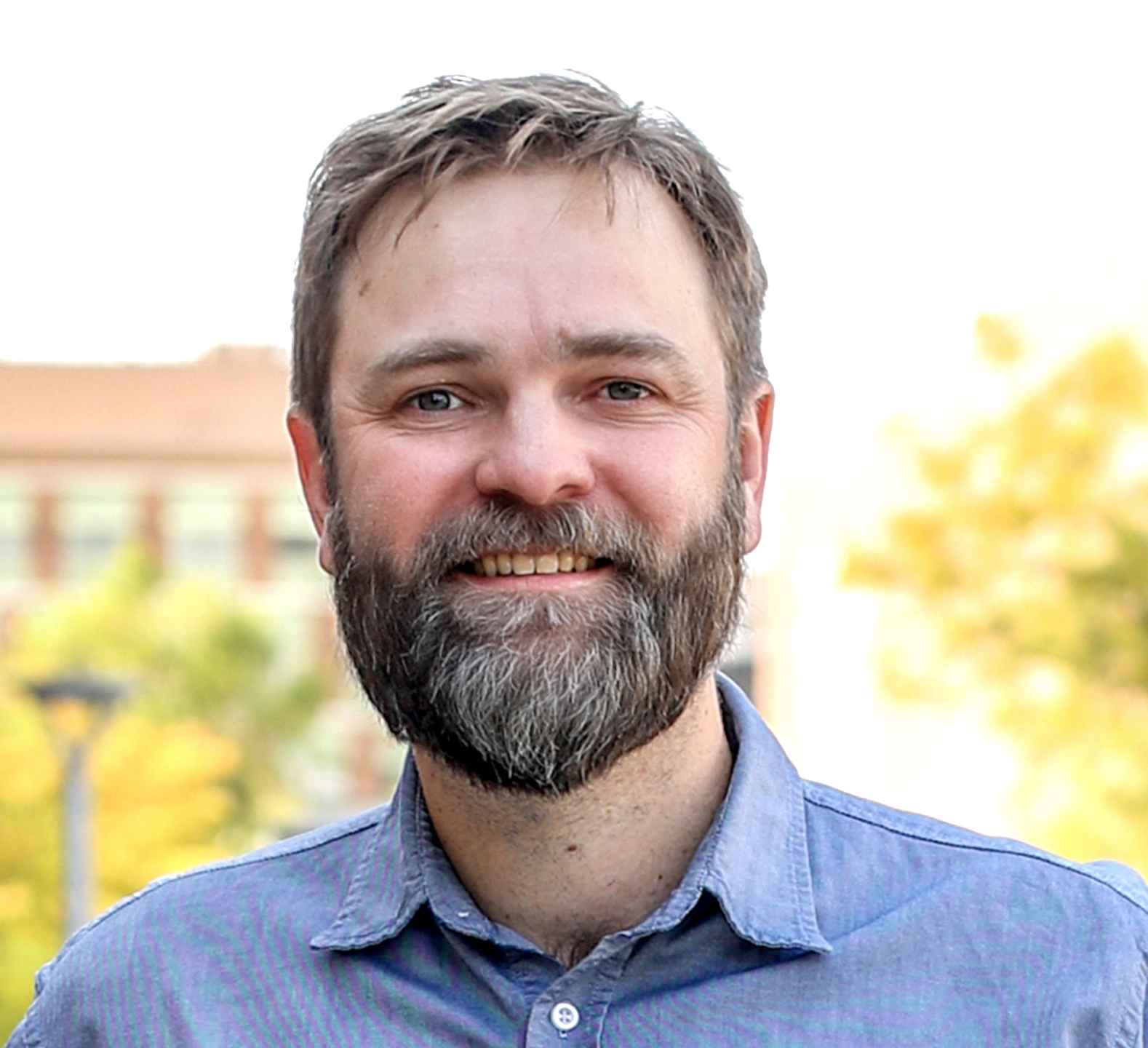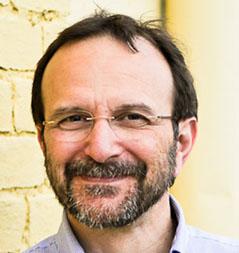Nels and Vincent discuss the origins of eukaryotes, with contributions from at least 3 bacteria (alphaproteobacteria) and a large contribution from DNA viruses with large genomes. Hosts: Nels Elde and Vincent Racaniello Click arrow to playDownload TWiEVO…
Nels and Vincent explain how homology searches of anti-phage systems in eukaryotic genomes can be used to discover proteins of the human immune system. Hosts: Nels Elde and Vincent Racaniello Click arrow to playDownload TWiEVO 106 (64…
Nels and Vincent look at how plant prickles, sharp epidermal projections that provide defense from predators and other advantages, arose by convergent evolution, the emergence of analogous traits in distantly related species. Hosts: Nels Elde and…
Nels and Vincent discuss the genome sequence of an ancient wooly mammoth, which shows that the three-dimensional architecture of the DNA can persist after 50,000 years.
Nels and Vincent explore a direct experimental test of Ohno’s Hypothesis, which states that gene duplication can help genes tolerate new mutations and thus facilitates the evolution of new phenotypes.
Nels and Vincent explain how deep genomics of macroalgae illuminate multiple paths to aquatic, photosynthetic multicellularity.
Nels and Vincent review the genetic basis for tail-loss evolution in humans and apes.
Rich Condit joins Nels and Vincent at the Science Mill in Johnson City, Texas, where Director of STEM Education Jeehyun Park talks about the goals of the childrens’ museum.
Nels and Vincent reveal how electric organ discharge from the electric eel facilitates the introduction of DNA into teleost larvae.
Nels and Vincent discuss how behavioural individuality determines infection risk in clonal ant colonies.




